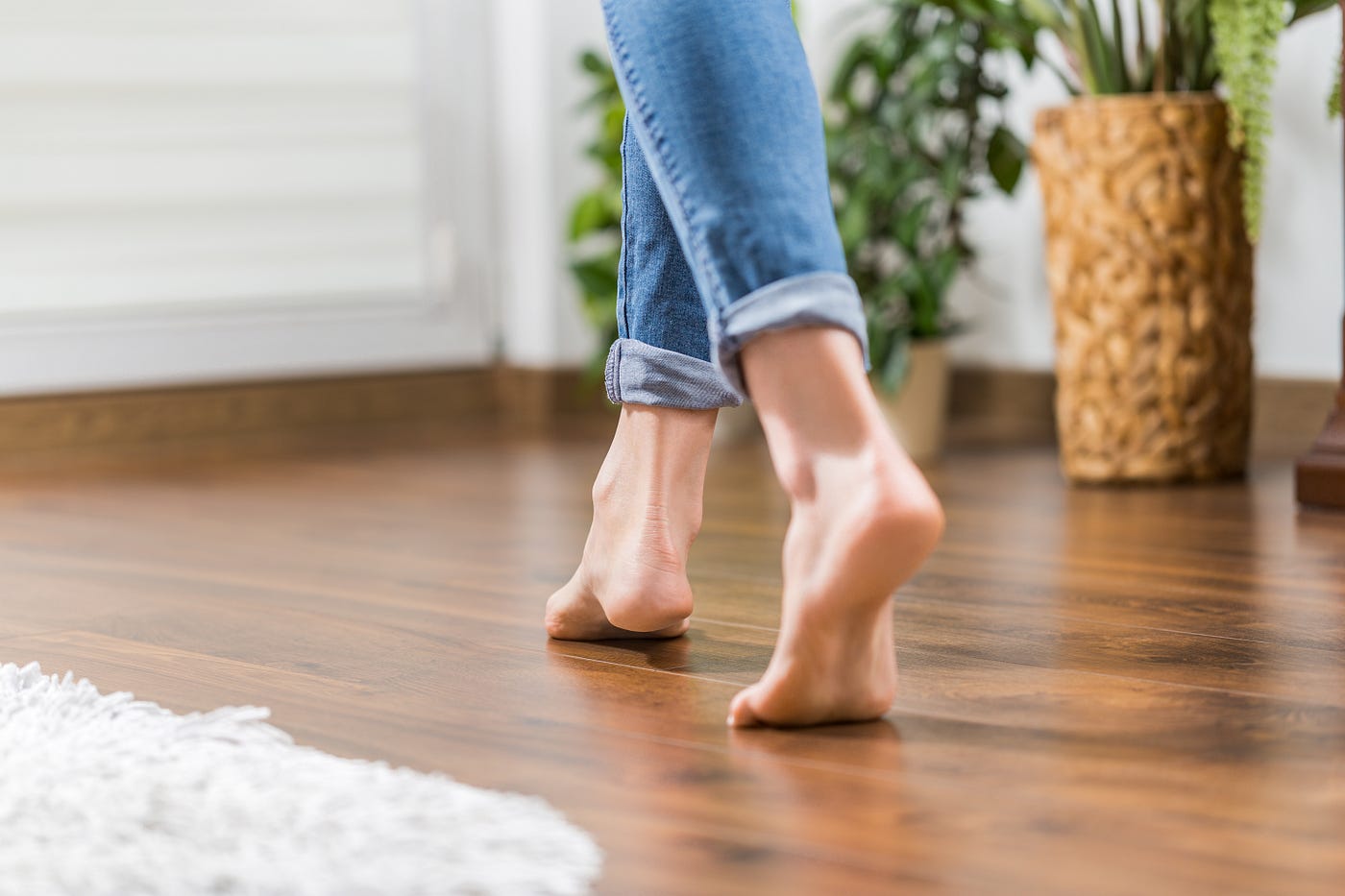The overwhelming development of technology has transformed urbanized spaces into electromagnetic radiation hotspots. Cities have become a minefield of sources: high voltage towers, telephone antennas, WiFi, radio and television waves, … Far from wanting to scare the reader, this article will try to clarify what electromagnetic fields really are and which measures can be taken to protect us from them.
The first thing that must be clarified is that electromagnetic fields aren’t systematically evil. These fields alter our body by increasing the speed (kinetic energy) of particles, which generates heat. At low frequencies of the EM field a non-ionizing energy exchange occurs and the only thing happening is heat transmission. It’s starting from the UV wavelength band that the energy exchange between the field and our body is ionizing, which means that the field is strong enough to tear some electrons from their molecular orbital creating small electric currents (electron flows) in our body.
For those who want to start getting involved in the health and bio-habitability management of their usual indoor spaces, the need to take care of our resting spaces prevails. The first place to examine is our home and, whether you live in a house or a flat, there are many measures that can be taken to protect ourselves from the excess of EM fields. Here are 5 simple ways you can make your home a healthier space:
1. Wall shielding

The first step is to turn the walls of our home into a shield. The idea is to give them the capacity to absorb ionizing energy from EM fields before they trespass the threshold of habitable spaces. There are paint types that transform walls into conductive surfaces in such a way that they gain the ability to be altered in the presence of a field, they absorb its energy (electrons are teared from their molecules) creating an electrical flow (a flow of the teared electrons) and discharge it directly to the ground. To avoid the use of metals or other unhealthy compounds, the best paints to screen your walls are those that contain graphite (Carbon). You can paint your house:
Outside: you’ll protect yourself from any exterior alteration, although this option can be difficult to execute for those who live in a flat.
Inside: in addition to exterior alterations, it provides greater protection against our own electrical installation and other sources located inside the house (WiFi, television, telephones, …)
Bedroom: being the space where we need the best quality rest, it is the room that must be cared for the most. The recommendation is to paint, if not all of the walls, at least the one where the headrest is located.
2. Window shielding
Windows work in a similar way to walls and are part of that third skin that can shield us from radiation. Here we will talk about two forms of shielding:
Curtains: There are shielding fabrics with a certain content of copper and silver that make them conductive in order to give them the capacity to drain the effects of the EM field. These fabrics are called electroconductive meshes. They are a good option as long as the floor of our home is not made of synthetic material (in that case, the drainage of the electron current could not be carried out correctly). As a last recommendation, to avoid electrostatic charge (an electrostatically charged environment makes us nervous and prevents usfrom quality rest) that some materials generate, it is recommended to choose cotton meshes.
Type of glass: Low-emissive glasses, normally used to improve the energy efficiency of buildings, are built in such a way that blocks certain wavelengths. They carry silver particles that cause infrared microwaves to bounce off in order to avoid overheating of the house due to the greenhouse effect. Thanks to this filter, other microwaves, such as telephone waves, bounce.
3. Unload your bed
The electroconductive meshes mentioned in the curtains section, can also be used to drain ourselves while we sleep. This fabric can be used as a conductive link between ourselves and the ground by placing it as a blanket or on top of the bed’s under-sheet. Remember that it will only act as an escape route for any flow of electrons that may be created in our body. Therefore, it is not necessary to cover the mattress or our entire body with the mesh. It is enough with the piece of fabric being in contact with our body and the ground at the same time (again, as long as the floor isn’t made of synthetic material).
4. Lose your shoes and socks

The electric fields present in the air or walls induce electric charges in the human body since it is more electrically conductive than air. When barefoot, we discharge these electrical flows to the ground. We become our own ground connection. The electron flow from head to toes also increases our magnetosphere (our natural magnetic field). This means that if we choose to go barefoot, or wear shoes with electroconductive soles, we are not only discharging all uncomfortable electrical flows, but the increase in our magnetosphere also provides us with extra protection against external radiation.
5. Disconnect your sleep
Even if we implement all of the previous measures, we must bear in mind that the electrical installation generates field 24/7, regardless of whether we have devices plugged in or not. At night, which is when we are most vulnerable and we need to rest the most, it is highly recommended to disconnect the electric grid. To do this, there are a couple of simple and more comfortable options than having to go to the fuse box every night and every morning:
Wireless switch: If you have a single powerline, a switch can be placed in the box that carries the cables to the bedroom. This way, you’ll be able to connect and disconnect the wiring that passes through your room comfortably with a remote control.
Bioswitch: it is a smart switch which recognizes when there is no electric consumption happening and disconnects the house from the grid, greatly reducing EM field generation. The installation can be done in such a way that devices such as the refrigerator stay connected. While it is disconnected, it continues to let a very small amount of voltage pass (in the form of direct current) so that the moment someone turns on a light, it automatically reconnects everything to the electric grid. These devices are usually installed in the main distribution panel of the house, so you’ll need a specialized technician to place it.
Implementing any of these 5 measures in your home will most certainly protect you from a lot of external radiation but not all of it. Despite this, there is no reason to be alarmed. Excessive and intense radiation can be dangerous but small amounts of it isn’t necessarily harmful. It’s great to thrive for healthier living spaces but don’t let paranoia take over!



